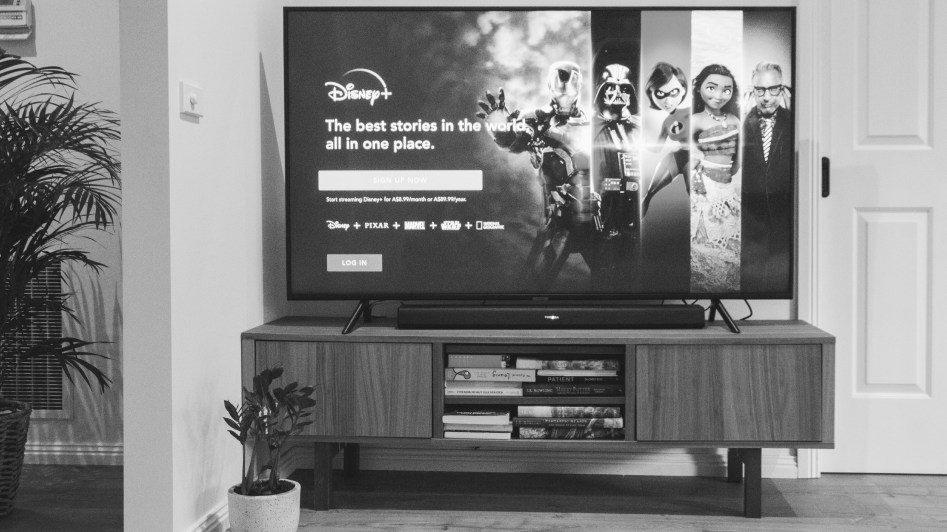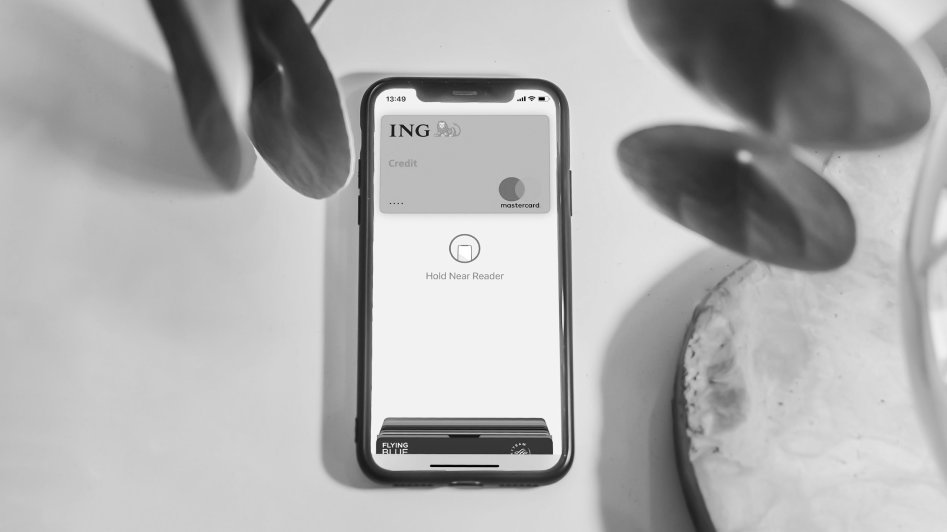Table of Contents
Reigniting the spark after customers churn
Reigniting the spark after customers churn
06
04 Minute Read

Understanding the why behind goodbye
Customer churn is an inevitable part of any business, but it doesn’t have to mark the end of the relationship. B2C companies have a unique opportunity to re-engage with customers who have gone dormant, turning lost revenue into renewed loyalty.
First, it’s important to understand why customers leave. Then comes designing, sending, and measuring the impact of strategies to get them back. So let’s dive in and sort it all out.
Before crafting a win-back campaign, it’s crucial to diagnose the reasons behind customer churn. Analyzing data, conducting surveys, and soliciting feedback can unveil valuable insights into what went wrong.
Common reasons for churn include:
- Poor customer experience: Negative interactions, friction, poor product/content recommendations, or lackluster customer service can drive customers away.
- Lack of engagement: Customers who feel neglected or forgotten are more likely to seek alternatives.
- Competitor attraction: Enticing offers, better features, or a more compelling brand narrative can lure customers away.
- Pricing concerns: Customers may find your product or service too expensive compared to competitors or their perceived value.
These can be costly mistakes. Churn rates can reach up to 30% in some markets, according to Deloitte. And finding new customers to replace the old ones is an expensive effort.
So how exactly do you bring churned customers back into the fold?

Crafting a winning win-back strategy
Segmentation is key
Not all churned customers are created equal. Segment them based on factors like purchase history, demographics, and reason for leaving. This allows you to tailor your messaging and offers accordingly. For example, a customer who left due to pricing concerns might respond well to a discount, while someone who had a poor customer service experience might appreciate a more personalized touch.
Personalization wins hearts
Craft personalized messages that acknowledge their past relationship with your brand and demonstrate that you understand their needs. Use their name, reference past purchases, or recommend products based on their preferences.
Personalization can significantly increase the likelihood of re-engagement: 71% of customers expect personalized interactions with businesses, according to consumer research from McKinsey & Company.
“Personalization is important for brands in B2C marketing because it gives the customer multiple connection points to your company that otherwise might not have existed,” marketing automation company Bloomreach explains. “These personal connections can lead to increased brand loyalty and potentially more sales revenue.”
Offer irresistible incentives
Sometimes bringing someone back onboard is as simple as promising something for them to return. Sweeten the deal with discounts, free trials, exclusive access, or loyalty rewards. Make it worth their while to come back and give your brand another chance.
Leverage FOMO (Fear of Missing Out)
Where incentives on a platter fail, hard deadlines may succeed. Create a sense of urgency by offering limited-time deals or highlighting exclusive opportunities that they’ll miss out on if they don’t act soon. This tactic can drive quick action from customers who might otherwise hesitate.
Feedback is gold
Invite feedback from churned customers. This shows you value their opinions and are committed to improving. You can also use feedback to address issues, predict future churn, and refine your winback strategies and overall services.
For example, if you know that users who churn from lack of personalization tend to have a drop in logins for a particular product or feature after 3 months, it becomes easier to spot potential churn in future. If you spot the same drop in engagement from other users, you can then be more proactive and put in place more effective mitigations.
Multiple touchpoints
“A win-back strategy should include multiple touchpoints to make an impression and remind customers why they loved your brand.” – Hawke Media
Don’t rely on just one email or message, or one of these strategies. Implement a multi-channel approach with emails, social media, SMS, or even direct mail. This increases the chances of your message being seen and acted upon.

Measuring and optimizing your efforts
Track the success of your win-back campaigns by monitoring metrics like open rates, click-through rates, conversion rates, and revenue generated. Use this data to identify what works and what doesn’t, allowing you to refine your strategies over time.
Acquiring new customers can cost 5 to 25 times more than keeping the ones you have. Therefore it’s clear to see that winning back lost customers is incredibly valuable for B2C businesses. By understanding the reasons behind churn, crafting personalized campaigns, and offering enticing incentives, you can rekindle the spark with lapsed customers, reignite their loyalty, and become a more all-around better business.
We just laid out strategies for responding to and avoiding churn. But oftentimes subscribers churn without realizing it. Involuntary churn via payment decline is one of the most common reasons businesses lose customers.

